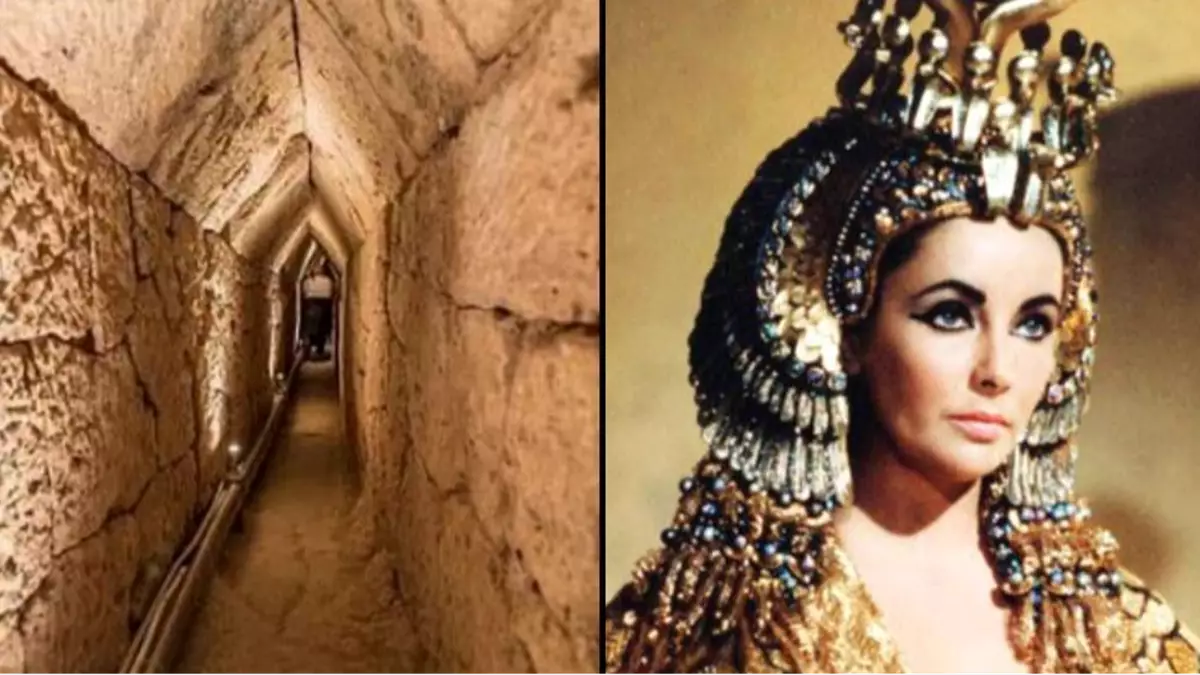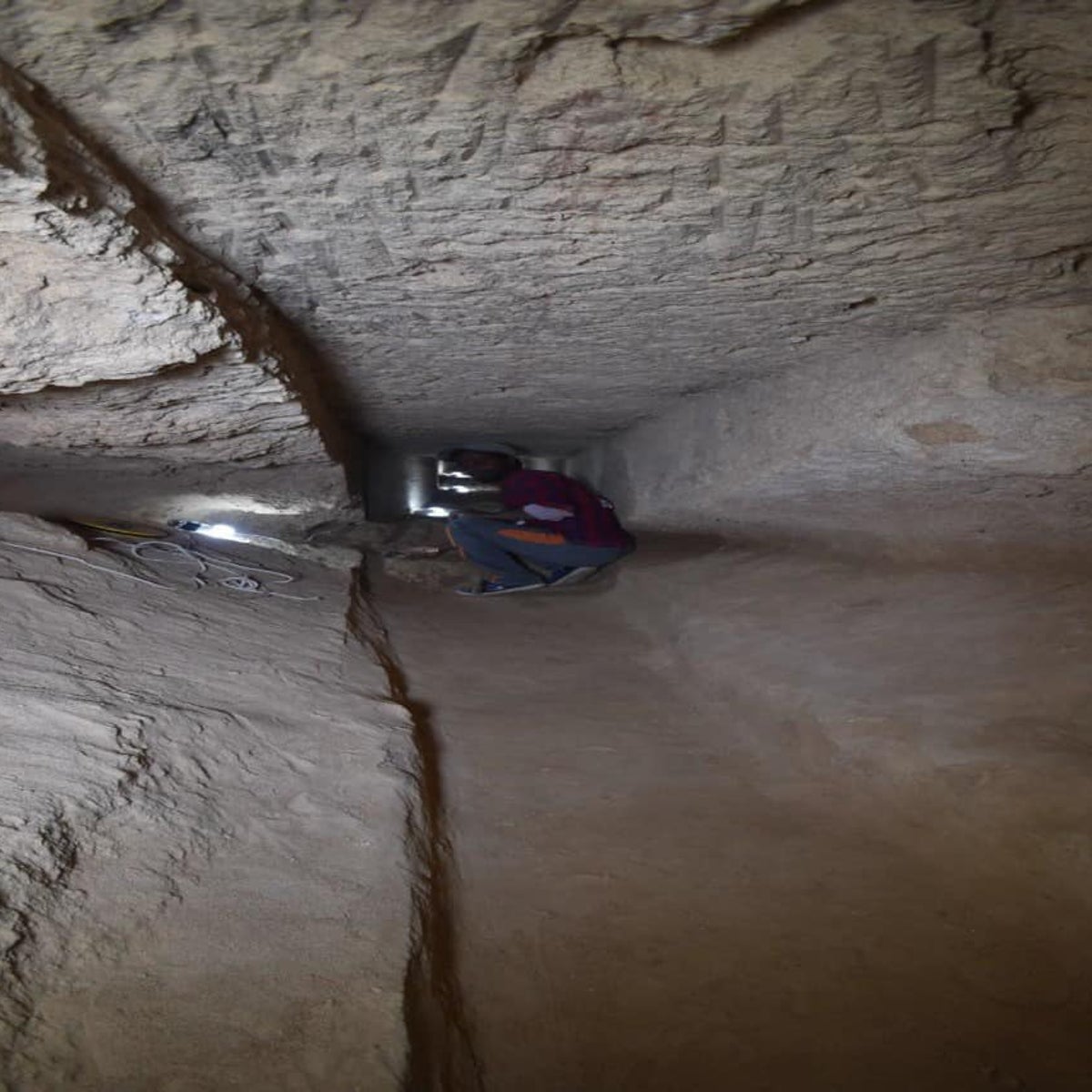A Mystery That Captures the World
Few figures in history inspire as much fascination as Cleopatra VII, the last ruler of the Ptolemaic dynasty of Egypt. Renowned for her intelligence, political skill, and legendary alliances with Julius Caesar and Mark Antony, Cleopatra has become a symbol of power and intrigue. Yet one of the greatest mysteries of her story remains unsolved: the location of her tomb.
For centuries, historians and archaeologists have searched for her final resting place. Ancient accounts suggest she was buried with Mark Antony after their defeat by Octavian in 30 BCE. However, no confirmed tomb has ever been found. Today, renewed hope has emerged thanks to a remarkable discovery at Taposiris Magna, a temple complex west of Alexandria.
The Discovery at Taposiris Magna

A team of archaeologists led by Dr. Kathleen Martínez, an Egyptologist from the University of Santo Domingo, has been excavating the site for years. Her theory is that Cleopatra, who styled herself as the living embodiment of the goddess Isis, may have chosen Taposiris Magna as her burial place. The temple was dedicated to Osiris, the god of the afterlife, making it symbolically fitting for a queen deeply invested in divine imagery.
In recent excavations, Dr. Martínez’s team uncovered a tunnel approximately 13 meters below ground. Extending for more than 1,300 meters, this underground passageway displays architectural features consistent with the Ptolemaic era. The scale and precision of the structure suggest it played an important role, and some scholars believe it could lead to a hidden tomb.
A Tunnel Through Time

The tunnel is a marvel of ancient engineering. Its alignment and craftsmanship mirror other known constructions from the Hellenistic period, a time when Greek and Egyptian traditions blended in art and architecture. Earthquakes and flooding over the centuries have partially damaged the site, but much remains intact.
To explore the tunnel safely, archaeologists are using modern technology, including ground-penetrating radar and drones. These tools allow them to map hidden chambers and passageways without risking collapse. Early scans have revealed promising areas that may hold artifacts or inscriptions.
Evidence Supporting the Theory

While no definitive proof of Cleopatra’s tomb has yet been found, supporting evidence continues to emerge:
-
Ptolemaic artifacts: Figurines, coins, and inscriptions connected to the dynasty have been discovered at the site.
-
Religious significance: The temple’s association with Osiris links directly to Cleopatra’s self-identification with Isis, reinforcing the symbolic importance of the location.
-
Hidden structures: The discovery of underground passageways suggests that the temple complex may have housed ceremonial or funerary spaces reserved for elite burials.
Each finding adds weight to the possibility, though scholars caution that further research is needed before drawing conclusions.
The Enduring Enigma of Cleopatra’s Tomb

Cleopatra’s tomb has been the subject of speculation for centuries. Some historians have argued it must be located in central Alexandria, possibly destroyed by earthquakes and subsequent urban development. Others propose that the queen, who died under extraordinary political circumstances, was buried in a more secretive or symbolic location.
Taposiris Magna fits the latter theory. Its distance from Alexandria, religious associations, and grand scale make it a compelling candidate. For Dr. Martínez, this temple has always represented the strongest lead in a decades-long search.
Challenges of Archaeological Exploration
Working at Taposiris Magna presents considerable obstacles. Earthquakes have shifted parts of the temple, and flooding has filled some underground spaces with water and sediment. Excavation must proceed slowly to avoid damaging fragile structures.
Moreover, separating historical fact from legend is a constant challenge. Cleopatra’s life has inspired countless myths, plays, and films, making it difficult to untangle documented history from cultural imagination. Archaeologists must rely on material evidence rather than romanticized retellings.
Why the Discovery Matters
Even if the tunnel does not lead to Cleopatra’s tomb, its discovery is significant in its own right. It sheds light on Ptolemaic engineering and religious practices, offering insight into how temples and associated structures were designed.
Should further exploration confirm a connection to Cleopatra, it would be one of the most important archaeological finds of the century. A tomb would not only reveal details about her burial but could also provide new information about Ptolemaic rituals, royal symbolism, and cultural blending between Egypt and Greece.
Cleopatra’s Enduring Legacy
Cleopatra remains one of history’s most iconic rulers. Beyond her famed relationships with Caesar and Antony, she was a skilled leader who navigated Egypt through political turmoil and preserved its independence longer than many expected. Her reign embodied both strength and vulnerability, as she sought to secure her dynasty’s future in the face of Roman expansion.
The search for her tomb is about more than locating her remains. It is about uncovering a deeper understanding of her life, her era, and the civilization she ruled. Archaeological discoveries tied to Cleopatra carry symbolic weight, reminding us of the enduring human fascination with figures who bridge the line between history and legend.
What Comes Next
Dr. Martínez and her team plan to continue exploring the tunnel using advanced scanning methods and cautious excavation. Over the coming months, they will analyze newly uncovered artifacts and attempt to determine whether the passage leads to additional chambers.
While definitive proof remains elusive, each step forward fuels anticipation. The possibility that the world might one day walk through Cleopatra’s tomb is a powerful motivator, not only for archaeologists but for millions who are captivated by her story.
Conclusion
The discovery of an ancient tunnel beneath Taposiris Magna represents an exciting chapter in the ongoing search for Cleopatra’s tomb. While the mystery has not yet been solved, the evidence reinforces why this temple remains the strongest candidate for her final resting place.
Whether or not the tunnel leads to the legendary queen herself, it highlights the richness of Egypt’s archaeological landscape and the enduring global fascination with one of history’s greatest rulers. As researchers continue their work, the world watches with hope that one of Egypt’s most enduring secrets may finally be revealed.
Sources
-
National Geographic – Archaeologists Find Tunnel Beneath Egyptian Temple in Search for Cleopatra
-
Smithsonian Magazine – Tunnel Discovery in Egypt Rekindles Cleopatra Tomb Hunt
